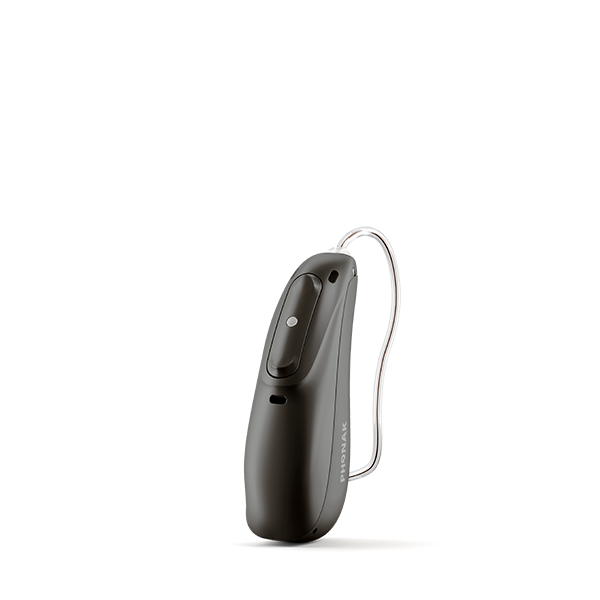
Hearing aids can significantly improve the quality of life for those with hearing loss, but many misconceptions can deter people from seeking help. Let’s debunk some of the most common hearing aid myths and set the record straight with the facts.
Myth 1: Hearing Aids Are Only for the Elderly
Fact: While hearing loss is more common among older adults, hearing aids are not exclusive to the elderly. Hearing loss can affect people of all ages, including children and young adults. Factors such as genetics, exposure to loud noise, and certain medical conditions can lead to hearing loss at any stage in life. Modern hearing aids are designed to be discreet and effective for people of all ages.
Myth 2: Hearing Aids Will Restore Hearing to Normal
Fact: Hearing aids do not restore hearing to its natural state. They amplify sound and enhance hearing ability, making it easier to understand conversations and enjoy everyday sounds. However, they cannot reverse the underlying causes of hearing loss. The goal of hearing aids is to improve hearing function and quality of life, not to cure hearing loss.
Myth 3: Hearing Aids Are Uncomfortable and Obtrusive
Fact: Advances in technology have made hearing aids more comfortable and less noticeable than ever before. Many hearing aids are designed to fit snugly and discreetly in the ear canal or behind the ear. Custom-fit models can be tailored to the shape of your ear, ensuring a comfortable and secure fit. Most users find modern hearing aids to be unobtrusive and easy to wear.
Myth 4: Hearing Aids Are Too Expensive
Fact: While hearing aids can be an investment, there are various options to fit different budgets. Additionally, many insurance plans, health savings accounts, and government programs provide assistance for hearing aids. The cost of hearing aids can vary based on features, technology, and brand, so it’s important to explore different options and consider the long-term benefits of improved hearing.
Myth 5: Hearing Aids Will Make Everything Louder, Not Clearer
Fact: Modern hearing aids are equipped with sophisticated technology to enhance speech while minimizing background noise. They use directional microphones and digital signal processing to focus on the sounds you want to hear, like conversations, while reducing the volume of unwanted noises. This helps users to hear more clearly and understand speech better in various listening environments.
Myth 6: My Hearing Aid Will Make Me Look Old
Fact: Hearing aids today come in a variety of styles, including sleek, discreet models that are virtually invisible. They are designed with aesthetics in mind, allowing users to choose a style that best fits their personal preferences. The stigma surrounding hearing aids has decreased significantly, and many people find that the benefits of improved hearing far outweigh any concerns about appearance.
Myth 7: Hearing Aids Are Easy to Adjust Without Professional Help
Fact: While some hearing aids come with user-friendly controls, professional adjustment is crucial for optimal performance. Audiologists and hearing specialists can fine-tune hearing aid to match your specific hearing needs and preferences. Regular follow-ups ensure that your hearing aids continue to perform well and that any issues are addressed promptly.
Myth 8: Hearing Aids Will Solve All My Hearing Problems
Fact: Hearing aids are an effective tool for managing hearing loss, but they are not a cure-all. They work best when used in conjunction with other strategies for managing hearing loss, such as communication strategies, auditory training, and addressing any underlying health conditions. It’s important to have realistic expectations and understand that hearing aids are part of a broader approach to managing hearing health.
Myth 9: You Only Need Hearing Aids if You Have Severe Hearing Loss
Fact: Hearing aids can be beneficial for all levels of hearing loss, from mild to severe. Early intervention with hearing aids can help prevent further hearing deterioration and improve overall communication. If you notice signs of hearing loss, it’s important to get your hearing evaluated and discuss potential solutions with a hearing professional.
Myth 10: Hearing Aids Will Break Easily and Are Hard to Maintain
Fact: Hearing aids are built to be durable and reliable. With proper care and maintenance, they can last for several years. Regular cleaning, proper storage, and routine check-ups can help keep your hearing aids in good working condition. Most hearing aids come with a warranty, and many hearing professionals offer maintenance services to ensure their longevity.
Conclusion
Understanding the facts about hearing aids can help dispel myths and encourage those with hearing loss to seek the help they need. Hearing aids are a valuable tool for improving hearing and enhancing quality of life. By addressing misconceptions and providing accurate information, we can help more people make informed decisions about their hearing health. If you or someone you know is experiencing hearing loss, consider consulting a hearing specialist to explore the benefits of modern hearing aids.
